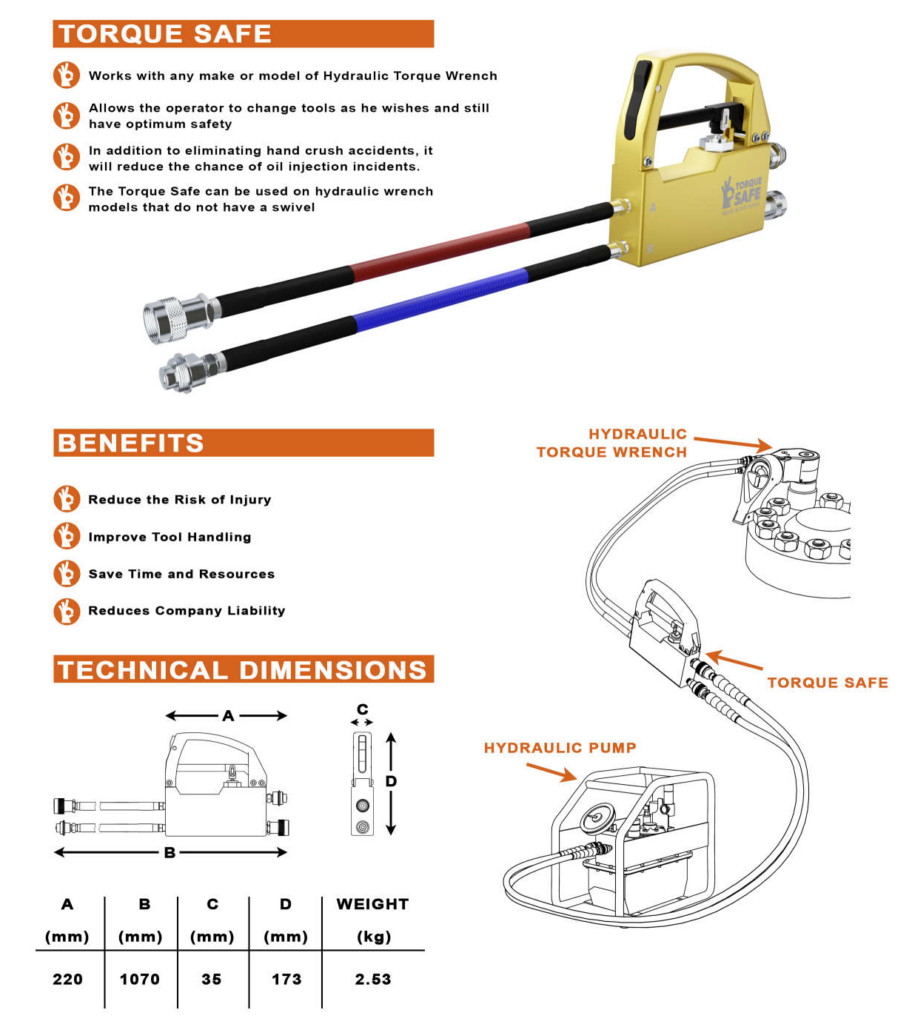Industrial automation systems have revolutionized manufacturing and processing industries, improving efficiency and productivity. However, with the increasing complexity of machinery, ensuring worker safety has become a significant challenge. Safe Torque Off (STO) is an essential safety feature in industrial automation system. Its key design is to mitigate risks and protect personnel and machinery.
What is Safe Torque Off
Safe Torque Off (STO) is a critical part of the overall functional safety framework compliant with international standards such as IEC 61508 and ISO 13849. The primary purpose of STO is to ensure the controlled and safe deactivation of the torque produced by electric motors. This stops the motion of machinery in a controlled and secure manner. It allows for the decoupling of the motor from the load, ensuring that it cannot generate any motion or torque.
History of STO
In the mid-20th century, automation started gaining momentum as industries sought ways to improve efficiency and productivity. However, the increasing use of powerful electric motors and advanced control systems introduced new safety challenges. Accidents and injuries were not uncommon in industrial settings, necessitating the development of safety mechanisms.
The concept of STO began to take shape in the 1970s and 1980s. The automation industry recognized the need for a reliable and standardized method to safely disable torque in electric motors. The primary goal was to prevent unexpected motion or machinery start-up during maintenance or emergencies.
By the 1990s, international safety standards such as IEC 61508 and ISO 13849 emerged. They provided a framework for the implementation of safety functions like STO. These standards laid out requirements of safety features, ensuring that they met specific safety integrity levels. As a result, manufacturers began integrating STO into their products to adhere to these standards. Over the years, STO has become an integral component of modern industrial automation. It reflects the industry’s dedication to worker safety and its ongoing commitment to preventing accidents in the workplace.
Benefits of Safe Torque Off
Having Safe Torque Off comes with many important long and short term benefits. From a safety perspective, STO is the fail safe that prevents accidental discharge to equipment that could potentially harm an operator. A technician can safely do maintenance on a piece machinery without having to worry about it suddenly moving. Furthermore, implementing STO also saves money on parts by extending the longevity of the equipment. Cutting off any uneeded power to a device reduces the wear and tear that comes with industrial machinery.

The Dangers of Not Having STO
The absence of Safe Torque Off (STO) in industrial automation systems can pose significant dangers to both workers and machinery. One of the most immediate risks is the potential for accidents and injuries. Without STO, there is a higher likelihood of uncontrolled machinery movement, leading to unexpected starts, stops, or even reverse motions. Workers in close proximity to such equipment are at risk of being caught, crushed, or struck by moving parts. This generally results in serious injuries or fatalities.
Another danger associated with the absence of STO is the increased difficulty in performing maintenance and servicing tasks. Technicians often need to work on or near automated machinery to address issues, conduct repairs, or perform routine maintenance. The lack of STO makes procedures hazardous, challenging the equipment to remain in a safe, non-operational state during maintenance. This can lead to delays, increased downtime, and a heightened risk of accidents during repair work.
Moreover, without STO, there is a higher likelihood of equipment damage and reduced machinery lifespan. Sudden and uncontrolled stops/starts can lead to mechanical stress. This puts wear on components, potentially causing damage and shortening the operational life of the machinery. Additionally, the absence of STO may result in costly breakdowns that need more frequent repairs and replacements. This ultimately impacts a company’s productivity and bottom line. Ultimately, not having STO can lead to a cascade of problems, jeopardizing safety, productivity, and equipment reliability.
Conclusion
Safe Torque Off is an indispensable safety feature in the field of industrial automation. Its ability to safely and securely stop machinery in a controlled manner not only protects workers and equipment. It also contributes to increased efficiency and compliance with safety standards. As industries continue to evolve implementing STO is an essential step towards achieving a safer and more productive working environment.
Updated on December 7, 2023 by Joe Kaminski